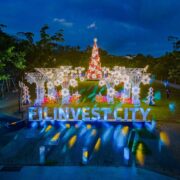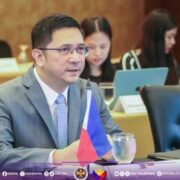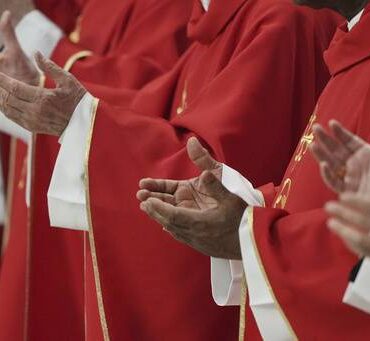‘Pistang Gubat’ celebrates Bongabon’s indigenous people, culture
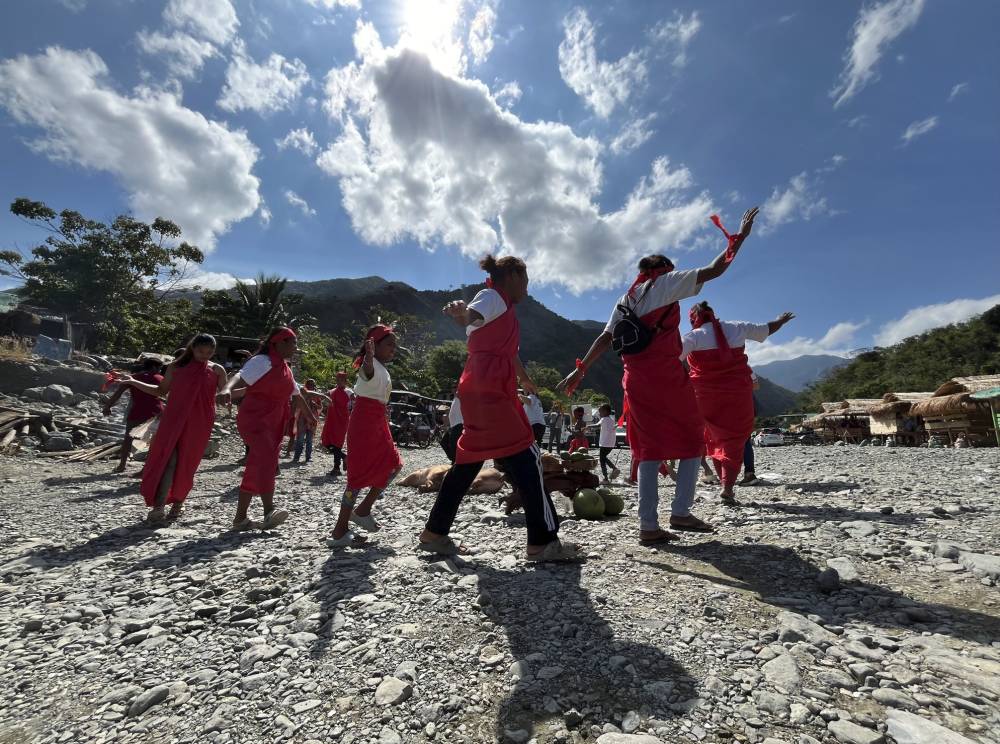
High above the Sierra Madre Mountain Range in Labi, Bongabon, Nueva Ecija exist three ethnolinguistic groups. For more than half a century, two of them have called the place home.
These are the Alta Digmala, an Aeta group indigenous to the place; the Kankanaey, originally from Benguet; and the Tuwali and Ayangan groups of Ifugao.
The Alta Digmala is one of many Aeta groups in the country, which in Luzon includes the Ayta Magantsi of Bataan and Pampanga, Ayta Mag-indi of Pampanga, and Dumagat of Bulacan, Rizal, Laguna, and Quezon provinces, among others.
The Aetas or Negrito groups are thought to have populated the Philippines before the arrival of the Austronesians, to which the Kankanaey, Ifugao, and perhaps all other Philippine indigenous groups belong.
In Bongabon, the Ifugao groups started to arrive in 1967 mainly for economic reasons, although the cool weather, as with their place of origin, also played a factor.
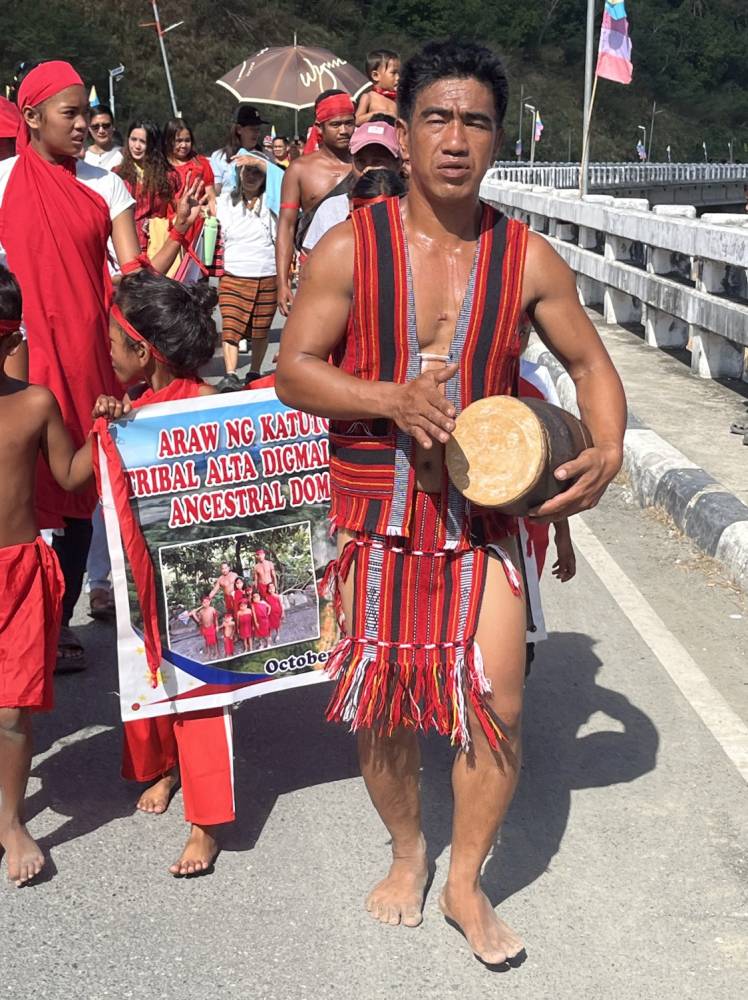
The bounty then of the mabolo tree attracted the Ifugao groups to the area. As wood carvers, they made use of its wood, called kamagong, in creating home decor, souvenir items, and furniture—which they still do today.
Also due to economic reasons and the area’s cool climate, the Kankanaey group, mainly from Bakun, Benguet, started to settle in Labi from the 1980s.
As in Benguet, they are mainly vegetable farmers growing various beans, sitsaro (snow peas), taro, and other vegetables, including lately, onion.
For them not to be left out in the yearly Sibuyas Festival of the town, an event was created to celebrate their rich culture and heritage.
Called “Pistang Gubat” (Fiesta in the Forest), it is an offshoot of a church-initiated project of the same name that ran from 2017 to 2019.
Maynard Reguyal, a cultural worker involved in projects and programs of the San Francisco de Assisi Parish and the local government, said that the event was originally intended to celebrate Pope Francis’ 2015 encyclical “Laudato Si,’” which pushes for the care of the environment.
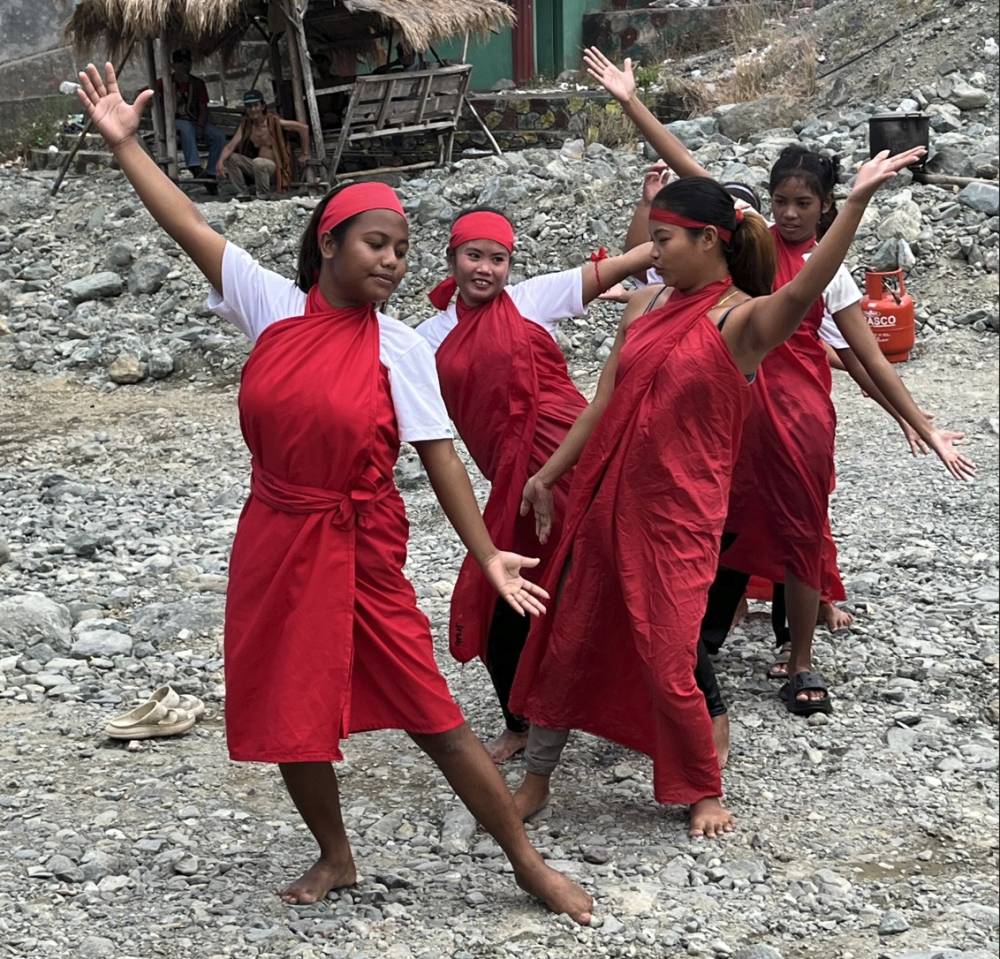
Interfaith event
It was Reguyal who conceptualized the interfaith event attended before by different religious organizations in Bongabon as well as its indigenous peoples.
This year, it was made part of the Sibuyas Festival, to allow the indigenous groups to have an exclusive event dedicated to their culture and heritage.
According to Reguyal, the event not only celebrates onion, but is also a feast done in the groups’ own ways, with dances, indigenous games, and a cañao led by an Ifugao elder.
A cañao is a sacred ritual by the peoples of the Cordillera as a thanksgiving to their God Kabunian. It is normally marked by animal sacrifices, feasting, and dances.
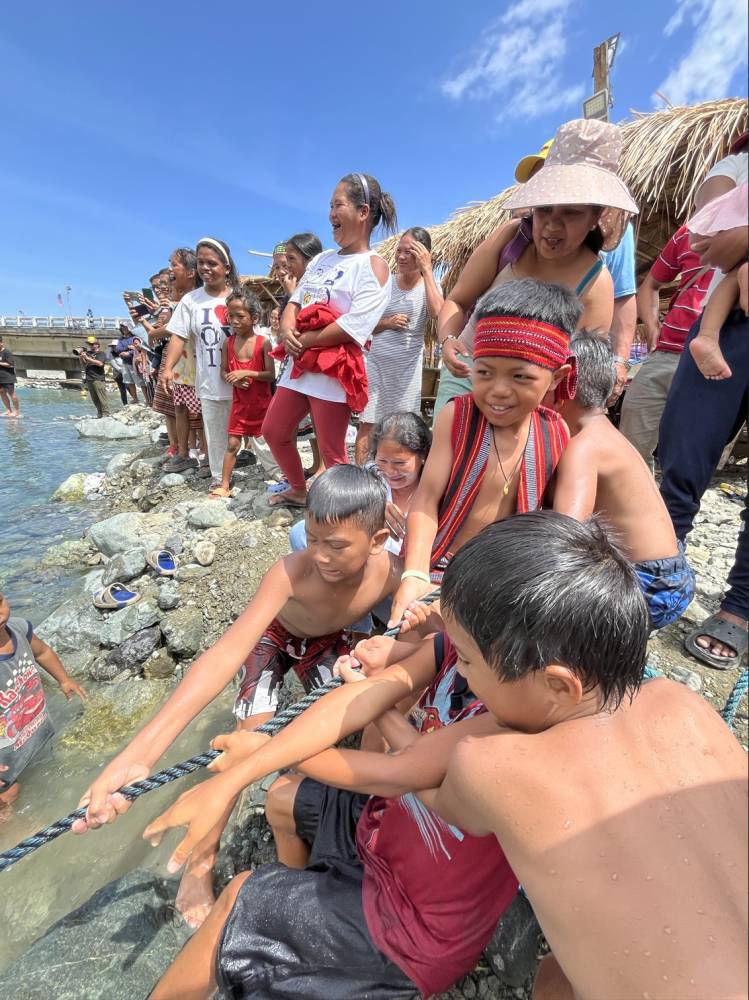
Among the games played are the Ifugao guyyud (tug-of-war) done at a section of the Labi River, and the Alta pinotong (dancing), although other indigenous games are also still being practiced, such as the hangul (arm wrestling) and doppap (wrestling) of the Ifugao, karera (foot race) and bunong baraso (arm wrestling) of the Alta, and sigking (leg game) of the Kankanaey.
According to research by Reguyal, who is also the town’s local historian, Bongabon was first mentioned in archival documents in 1595 and was founded as a town separate from Santor (now one of its barangays) in 1701.
The ethnic make-up of the town is rich. Apart from the said groups, Kapampangans, Tagalogs (many from Batangas), and Ilocanos have also settled in Bongabon.
During the celebration in Labi, Bongabon vice mayor Christian Binuya hailed the ethnic groups who contribute to the cultural richness of the town. The event, he said in Filipino, is to “show gratefulness and appreciation for the rich culture of our town,” adding, “Bongabon could not be called Bongabon without our indigenous people brothers and sisters…”
The culminating activity was the partaking of the Cordilleran dish called watwat. The boiled chunks of pork are given to participants in rituals and celebrations of the various Cordilleran peoples. It is now being practiced outside their traditional domain, like in the town of Bongabon.

